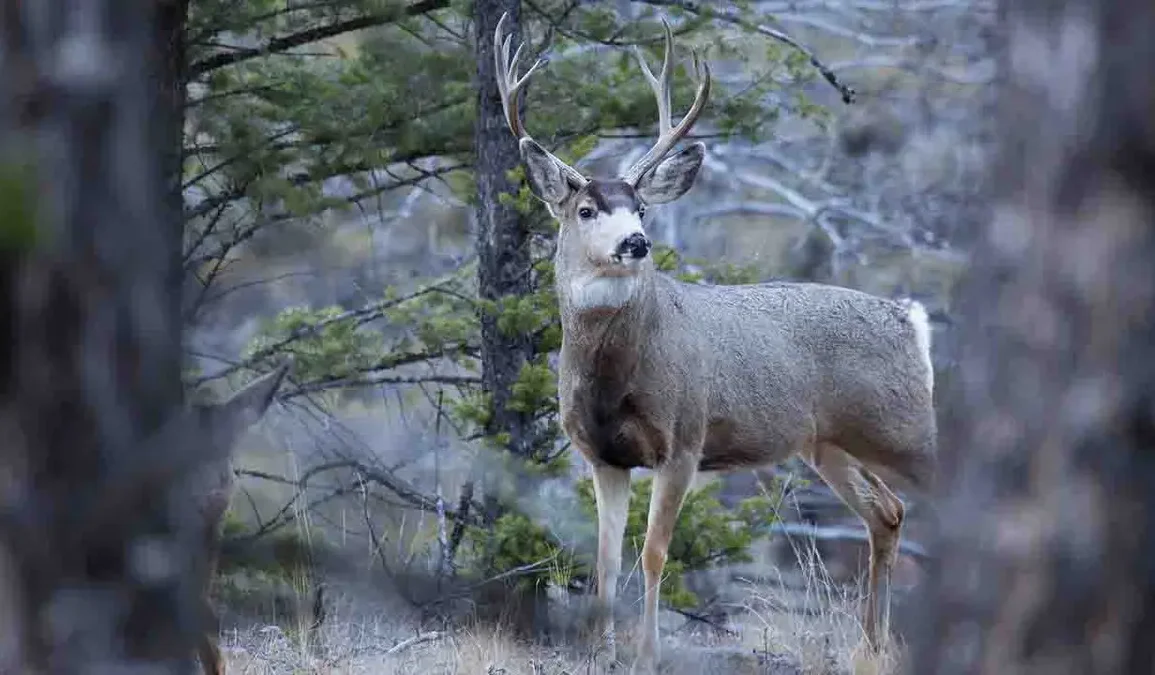Scientists have raised concerns about the potential spread of a fatal brain disease called chronic wasting disease (CWD) from deer, elk, reindeer, and moose to humans. The discovery of the first case of CWD in Yellowstone National Park has sparked fears that the disease may eventually affect humans. The disease, caused by a highly contagious prion, can lead to weight loss, stumbling, listlessness, and neurological symptoms in animals. Some have even referred to it as the “zombie deer disease” due to the changes it causes in the hosts’ brains and nervous systems.
CWD has been observed in various parts of North America, Canada, Norway, and South Korea, affecting deer, elk, reindeer, and moose. Symptoms may take up to a year to develop, and there are currently no known treatments or vaccines for the disease. Although no cases of CWD in humans have been recorded, scientists believe there is a possibility of it “spilling over” to humans in the future.
Dr. Cory Anderson, a program co-director at the Center for Infectious Disease Research and Policy (CIDRAP), compared the situation to the Bovine spongiform encephalopathy (BSE) outbreak in Britain, commonly known as “mad cow disease.” He highlighted the importance of being prepared for a potential spillover event and emphasized the difficulty of eradicating the pathogen once it infects the environment.
The Centers for Disease Control and Prevention (CDC) states that animal studies suggest CWD may pose a risk to certain non-human primates that consume infected meat or come into contact with infected brain or body fluids. Consequently, there is concern that humans may also be at risk. The World Health Organization has recommended since 1997 that all known prion diseases should be prevented from entering the human food chain.
The fatal brain disease has already spread across Wyoming since the mid-1980s and is estimated to affect 10-15% of the mule deer population near Cody, which migrates to the southeastern section of Yellowstone during the summer. The Alliance for Public Wildlife estimates that thousands of CWD-infected animals are unknowingly consumed by humans each year.
Although a study conducted in 2005 found no significant changes in health conditions among individuals who consumed infected meat, the CDC advises hunters to have animals tested before consuming the meat. Additionally, hunters in areas with reported CWD should follow state wildlife and public health guidance regarding testing requirements.
Yellowstone National Park has increased collaboration and information sharing with the Wyoming Game and Fish Department and other state agencies to identify areas at higher risk for CWD. Monitoring and testing for the presence of the disease in deer, elk, and moose in the park have been intensified.
As the potential threat of CWD spreading to humans looms, scientists and authorities are emphasizing the need for vigilance and precautions to prevent a potential outbreak of the fatal brain disease in the future.




